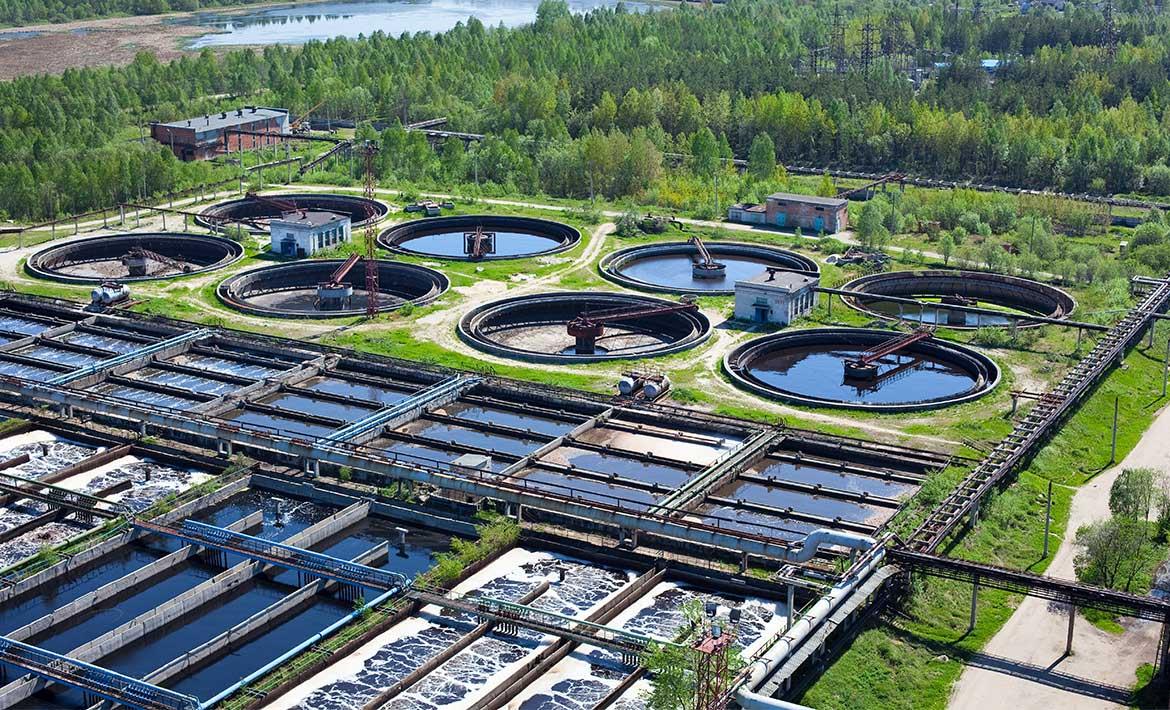Tehran's water consumption is about 1.5 times over and above the national average, the head of Tehran's Management and Planning Organization said.
"Water consumption has increased at a shocking rate in the city and in the province of Tehran. Imprudent use of the dwindling resource will lead to water crises," Nematollah Torki was quoted as saying by ILNA on Sunday.
The unsustainable and dangerous consumption patterns seriously threaten water supply in the sprawling capital amid low rainfall and persistent drought.
According to the official, average annual precipitation in Tehran Province "has decreased by 50% compared to a few years ago."
Pointing to Tehran's water supply plight, Torki noted, "Most people realize the severity of the problem, so they must consume water more responsibly. In short, daily water consumption of Tehran residents should not surpass 250 liters."
According to data from the Energy Ministry, the average Iranian uses 250 liters of water per day, while per capita water consumption in metropolises such as Tehran may exceed 400 liters.
"State and private organizations should also be compelled to use water more judiciously to help mitigate the impact of unprecedented water shortage in Tehran," Torki said. He warned that should the current situation persist, there would be no option but to resort to imposing fines on households with high consumption.
Asked about water rationing as an urgent measure, he said residents of Tehran will not face restrictions so long as they do their fair share in curbing consumption.
Some experts and environmentalists denounce a widely-held notion that chronic water shortages can be alleviated only by higher precipitation.
Desertification, climate change, illegal water wells, wasteful farming practices, water-intensive industries in arid regions and injudicious use of water in households are known to have a far greater impact on the worsening crisis. Reportedly, there are 13,000 legal and 32,000 illegal water wells in Tehran Province alone.
“Injudicious consumption across Tehran Province over the past 15 years has taken a toll on the water resources to the extent that we’re using 150 million cubic meters of renewable water more than we should,” the MPO official said.
Water in Dams
According to ILNA, the water levels in dams built on rivers near Tehran has plunged to new lows.
At present, water inflow into the dams indicates a 33% decline compared to the previous water year (starts October 1), the report said.
Currently, stored volumes of water in dams surrounding the capital are at 575 million cubic meters, indicating a 3% decrease from this time last year. Moreover, there are 177 dams across the country, of which 95 are only 40% full. According to Rahim Meydani, deputy for water and wastewater affairs at the Energy Ministry, officials have tried to increase Tehran’s water supply by constructing Karaj, Latian, Lar, Mamlou and Taleqan dams, yet "if injudicious use of water continues, tragic consequences cannot be avoided."


